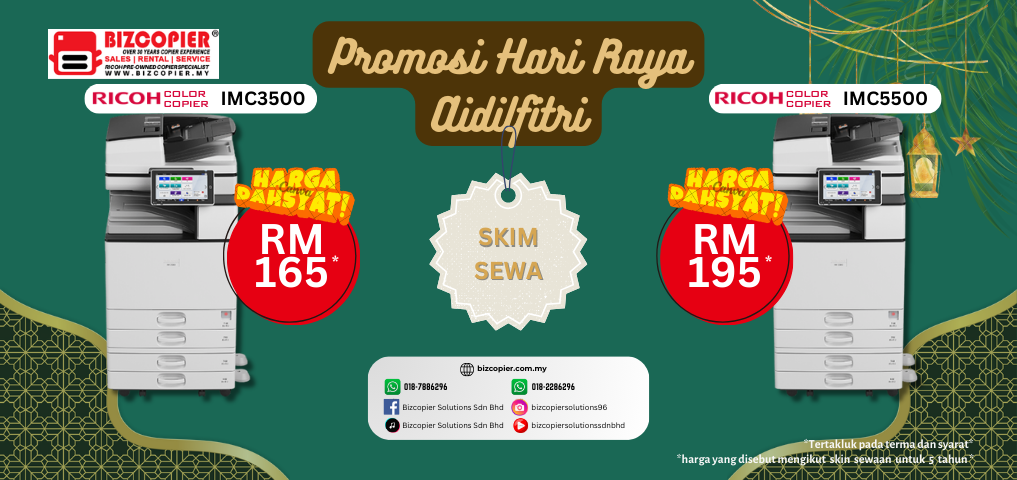
In today’s fast-paced world, the modern office would grind to a halt without the humble yet powerful machine known as the photocopier. A staple in offices worldwide, the photocopier has revolutionized the way we duplicate and share information. From its inception to the cutting-edge technology of today, this article explores the evolution and impact of the modern photocopier revolution.
The Early Days:
The photocopier’s roots trace back to the early 20th century, with the invention of the “electro-photography” process by Chester F. Carlson in 1938. His revolutionary technique involved using static electricity to transfer an image from an original document onto a negatively charged drum. This formed the foundation for the development of the modern photocopier.
The Birth of Xerography:
The term “xerography,” derived from Greek words meaning “dry writing,” was coined by Carlson to describe his invention. In 1959, the first commercially successful photocopier, the Xerox 914, was introduced by the Haloid Company, later known as Xerox Corporation. This machine utilized the xerographic process and could produce up to seven copies per minute, transforming the way businesses handled document reproduction.
Xerography: A Game-Changing Invention:
Xerography was a game-changer in document duplication technology. The process involved creating an electrostatic image of the original document on a rotating drum. This image attracted and transferred toner (a fine powder) onto a piece of paper, creating a copy. Xerography made high-speed, cost-effective copying a reality, enabling businesses to disseminate information efficiently.
Evolution and Advancements:
Since the Xerox 914, photocopiers have seen remarkable advancements. Copiers became faster, capable of producing hundreds of pages per minute. Improvements in image quality, reduction/enlargement features, automatic document feeders, color photocopying, and network connectivity were also incorporated, enhancing usability and efficiency.
Digital Photocopiers and Multifunction Devices:
In the digital age, photocopiers evolved into multifunction devices (MFDs). These all-in-one machines combine photocopying, printing, scanning, and faxing capabilities. Digital technology brought increased precision, higher resolutions, reduced warm-up times, and the ability to store and manage digital documents.
Environmental Considerations:
With environmental concerns at the forefront, manufacturers have focused on developing eco-friendly photocopiers. Energy-efficient designs, duplex printing, and reduced emissions of hazardous substances have become standard features, aligning with sustainability goals.
The Future of Photocopiers:
The future of photocopiers lies in further integration with cloud computing, mobile devices, and advanced artificial intelligence. Smart copiers can learn user preferences, automate tasks, and provide predictive maintenance, optimizing productivity and minimizing downtime.
Conclusion:
The evolution of the photocopier, from its humble beginnings to the sophisticated machines of today, has significantly impacted the way businesses operate. As technology continues to advance, the photocopier remains an essential tool in the modern office environment, enabling efficient document management and collaboration. With ongoing innovation, the photocopier will continue to play a vital role in shaping the future of workplace productivity.
Contact BIZCOPIER Now
Get Free Quotation & Special Discounts now!


















